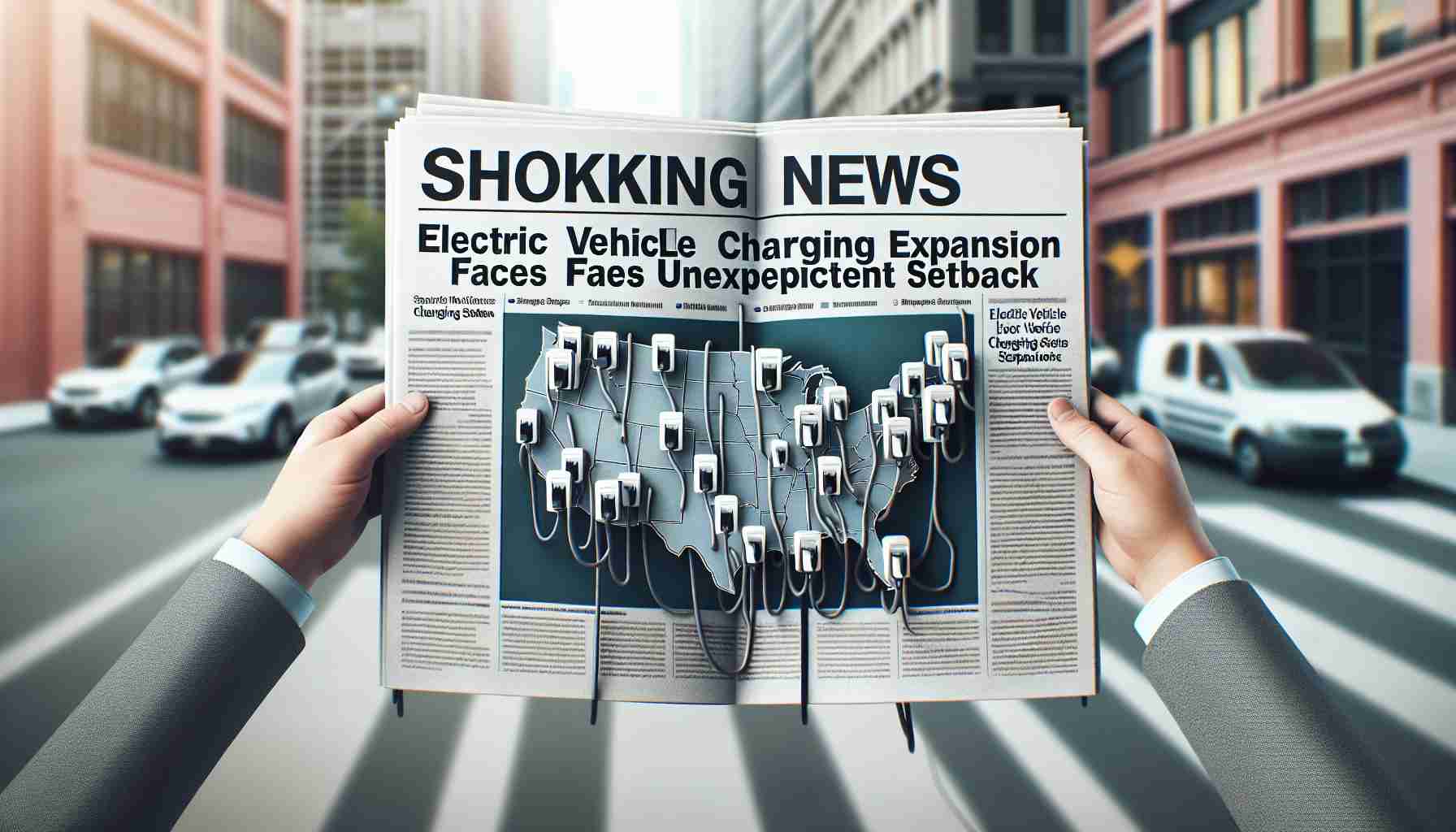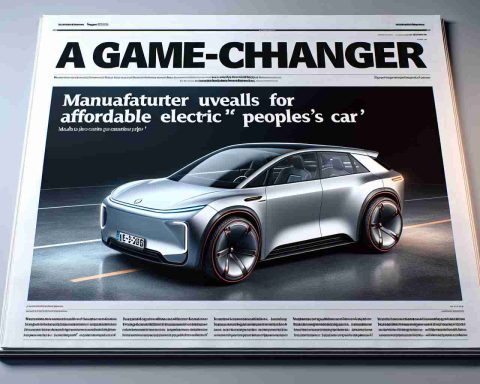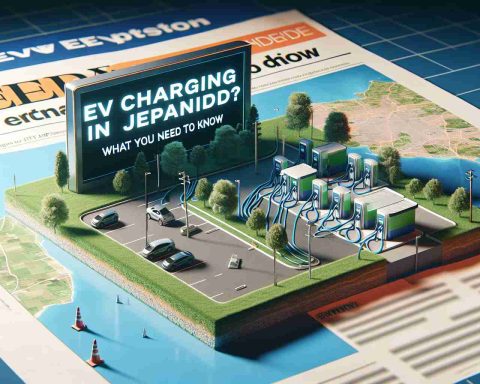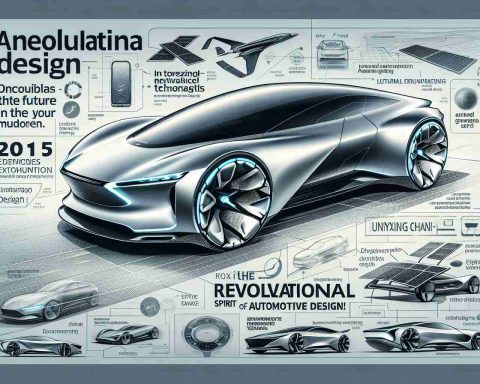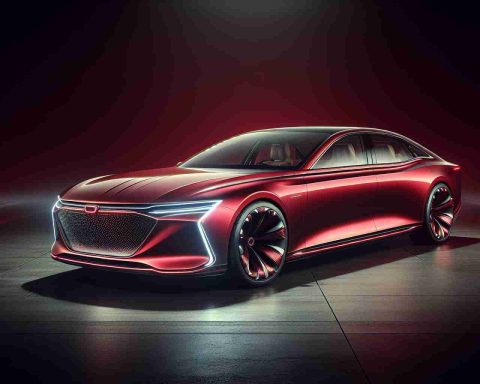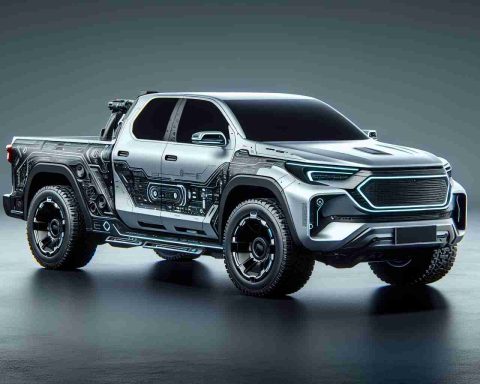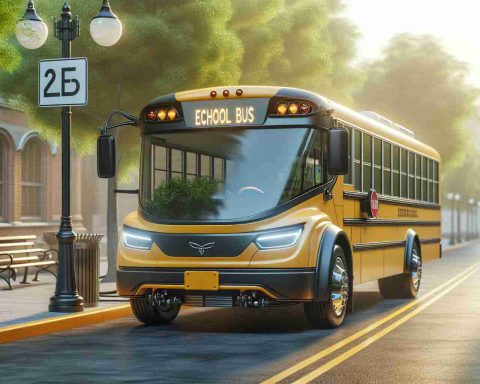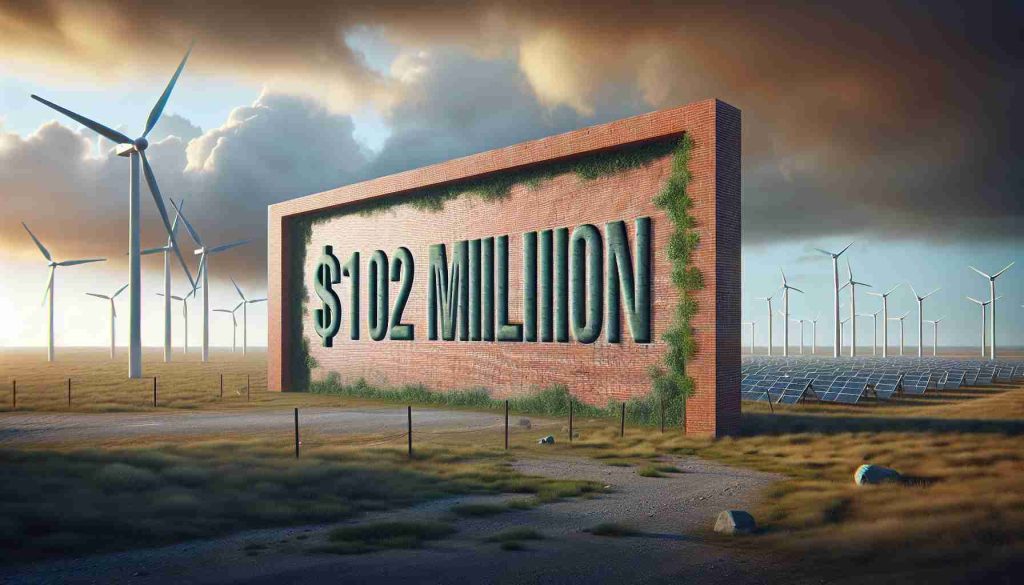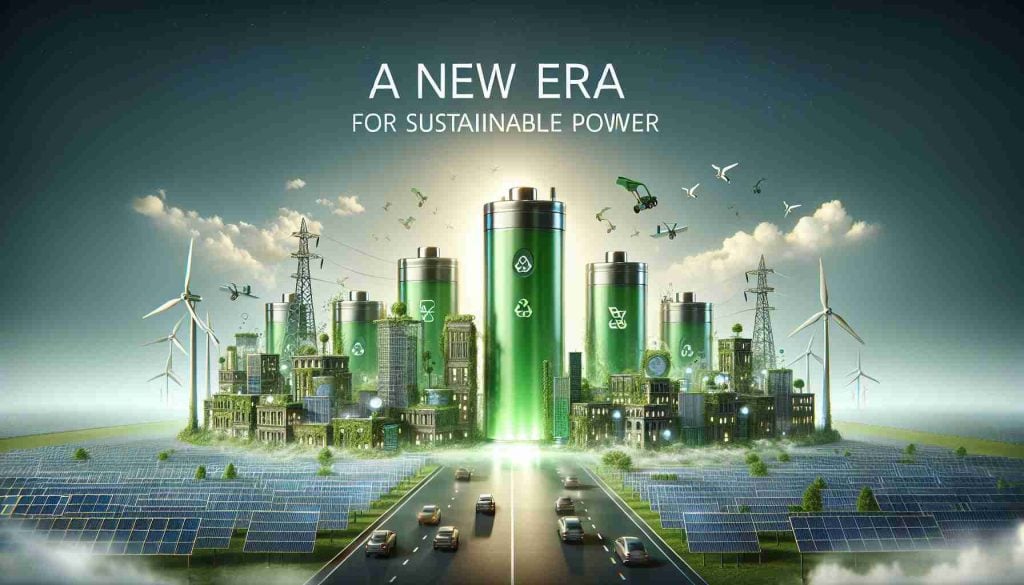- The Trump administration has halted the National Electric Vehicle Infrastructure (NEVI) program, impacting future EV charging station funding.
- About $3 billion in anticipated funding for state EV charging projects is potentially at risk due to this pause.
- The NEVI program aimed to create a reliable EV charging network every 50 miles across the U.S.
- Currently, 56 charging stations are operational, with over 900 sites awarded for future development.
- Funding challenges, competitive pressures, and legal concerns may arise from this decision, impacting the transition to sustainable energy.
- Despite current obstacles, stakeholders hope for a resumption of funding to support the EV revolution.
In a surprising twist, the Trump administration has halted the federal clean energy initiative aimed at drastically expanding electric vehicle (EV) charging stations across the United States. This sudden pause puts billions of dollars in funding—and critical infrastructure upgrades—on the line.
The Federal Highway Administration (FHWA) announced that the National Electric Vehicle Infrastructure (NEVI) program is undergoing a comprehensive review. Although existing contracts will still be honored, no new funding commitments will occur immediately. This means that states anticipated around $3 billion for future EV charging projects may now be in jeopardy.
Originally crafted under the bipartisan Infrastructure Investment and Jobs Act, the NEVI program was a crucial part of the Biden administration’s ambitious goals to transform the EV landscape. The idea? Establish a reliable network of EV charging stations every 50 miles, which is essential for convincing more drivers to swap out gas-guzzlers for green alternatives.
While challenges like ineffective grant designs and fierce competition from utility companies have plagued the program, it has undeniably catalyzed investments in crucial fast chargers at gas stations and truck stops. Currently, 56 charging stations are operational, with over 900 sites awarded, and numerous constructions set to launch this year.
Critics believe this federal pause could lead to legal battles, suggesting the administration’s motives lean towards promoting fossil fuels over clean energy. As the EV revolution faces this unforeseen obstacle, stakeholders remain cautiously optimistic that funding will eventually resume, keeping the dream of a sustainable driving future alive. Stay tuned!
Is the EV Charging Infrastructure Future in Jeopardy? Exploring the Halt on Funding
The recent halt of the federal clean energy initiative by the Trump administration has raised significant concerns about the future of electric vehicle (EV) charging infrastructure in the United States. This decision affects the National Electric Vehicle Infrastructure (NEVI) program, which was designed to facilitate the expansion of EV charging stations nationwide.
Current Landscape and Implications
The NEVI program, a product of the bipartisan Infrastructure Investment and Jobs Act, aimed to create a reliable network of EV charging stations positioned every 50 miles. This was essential to stimulate the adoption of EVs by alleviating range anxiety among potential users. Currently, there are 56 charging stations operational, with over 900 sites awarded contracts and construction expected to commence this year.
A comprehensive review of NEVI could stall investments and potentially lead to legal disputes, as critics argue that the administration’s motives may favor fossil fuel industries over clean energy initiatives. The immediate pause on new funding commitments casts uncertainty on approximately $3 billion earmarked for future EV charging projects.
New, Relevant Information
1. Market Forecasts: Despite the pause, analysts predict the global EV charging station market will grow exponentially, anticipated to reach $57.3 billion by 2027, driven by increasing EV adoption and government incentives.
2. Innovation and Trends: Companies continue to innovate in charging technology, with rapid charging solutions emerging that reduce charge time to as little as 10-15 minutes, making EVs more attractive for consumers.
3. Sustainability Aspects: The emphasis on EV charging infrastructure aligns with global sustainability goals, as a comprehensive network of chargers supports the transition to renewable energy sources.
4. Use Cases: Electric buses and commercial fleets are increasingly adopting EV charging solutions, which requires rapid deployment of infrastructure in urban areas.
Important Related Questions
1. What are the long-term impacts of halting the NEVI program?
The long-term impacts may include slowed EV adoption, missed emissions reduction targets, and heightened reliance on fossil fuels if the charging infrastructure does not expand as planned.
2. How does the EV charging network affect consumer behavior?
A well-developed charging network dramatically improves consumer confidence in EVs; if charging stations are accessible and available, potential buyers are more likely to consider switching from traditional gasoline vehicles.
3. What alternatives exist if federal funding continues to falter?
If federal funding remains stalled, states may need to explore alternative funding sources, such as public-private partnerships, utility investments, and state-level initiatives to sustain momentum in infrastructure development.
For additional insights and information about electric vehicle infrastructure and related developments, visit the U.S. Department of Energy.
